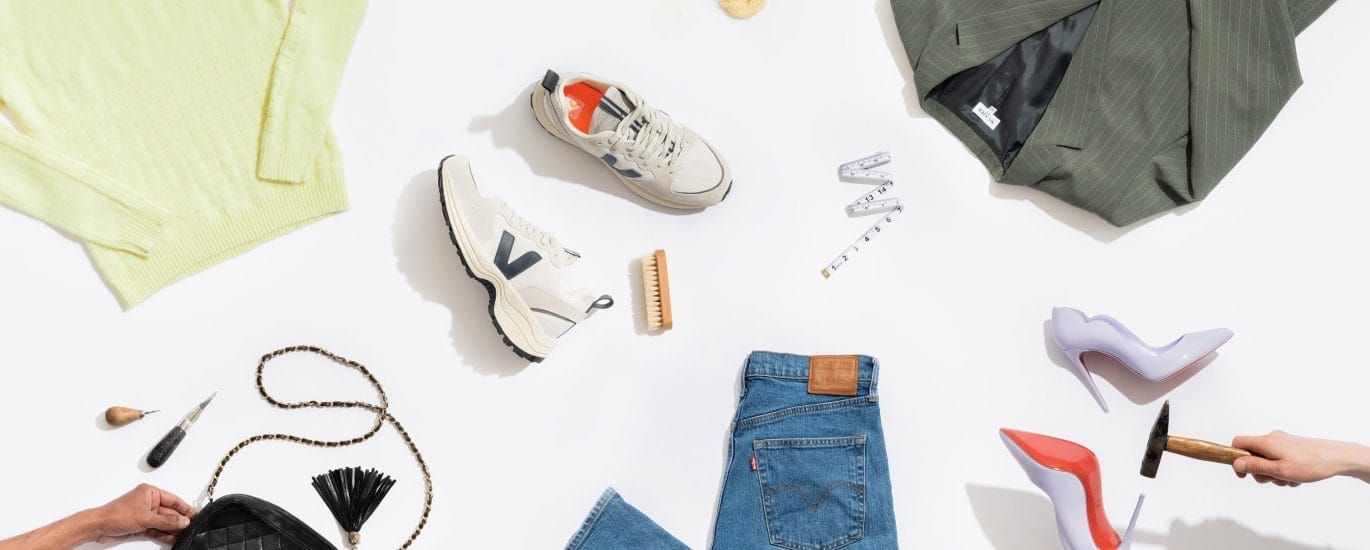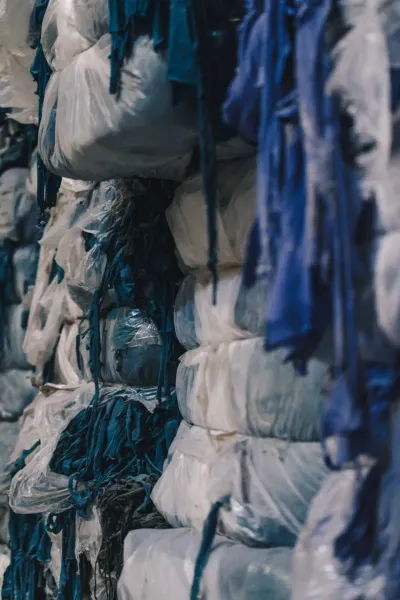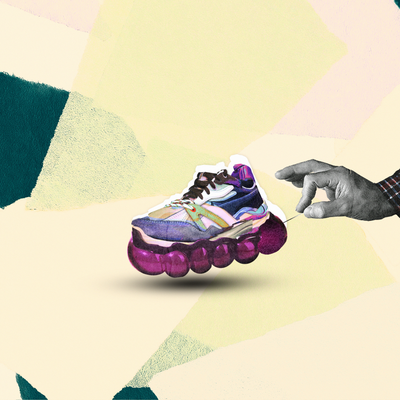Buying clothes made to last is a step towards a more sustainable wardrobe, but we also need to focus on extending the life of our clothes and giving them a second life. According to recent research made by the UK parliament, increasing a garments lifetime is one of the most effective means of reducing their environmental footprint.
“Extending the life of a garment by just nine months of active wear decreases its carbon, waste and water footprints by 20-30% each,” says Layla Sargent, founder of The Seam, when asked why mending and repairing is an important part of a sustainable wardrobe. The Seam is a new service that allows people to easily book repair and alteration service, and aims to protect what is valuable to people, not only based on the cost of clothes, but the sentimental value that is created when the life of a garment is extended through alteration or repair.
The Seam does not only help you extend the life of your garments, but it also addresses the social need, to provide meaningful, flexible, and well-paid work to people across the UK with care and repair skills. One side of The Seam is the customers, on the other side is a vast network of vetted independent Makers – each of them specialising in everything from denim and tailoring to, leather experts and cobblers.

“Our ethos is about creating a world where the act of taking care of what’s already in our wardrobes is even more fulfilling than the act of consumption,” Sargent explains. “Our business isn’t just about repairing and altering wardrobes but about shifting our mindset to bring care into the experience of fashion.”
Having your clothes tailored to fit you is The Seam’s biggest tip, “once clothes fit you well, you are more likely to wash them carefully, hang them properly, repair them when they are damaged and wear them more,” Sargent says.
The UK parliaments recent report on textile waste and collection argue that carbon emissions and demand for water can be reduced through developing clothing maintenance skills, enhancing an appreciation of material qualities, and a ‘habit of mind’ that prefers existing items to new ones which then acts to slow cycles and volumes of consumption.
Buying sustainable and pre-loved is good, but if we as consumers do not take care of our clothes, we are still contributing to waste. Knowing how to properly care for your clothes will extend their lifetime, and by cutting consumption of new clothes, you reduce your contribution to fashion’s carbon footprint and worldwide waste in landfills.
Earthday is the largest recruiter to the environmental movement, working with 50,000 partners in over 192 countries. Since its conception in 1970, Earthday is on a mission to build a movement where we all work together for a more sustainable future.
Earthday’s best tips for caring for your clothes
- Think before you wash. Each wash shortens the life of a garment. Instead air them out and use a garment refresher spray.
- Look at the care label. When you do need to wash a garment, knowing how to wash it will make sure the material will keep its properties better.
- Use good detergents. By using laundry detergents without harmful chemicals, you will reduce the toxins in the water and in turn reduce your carbon footprint.
- To minimize washing, spot treat any smaller stains.
- Avoid ironing. Instead hang them in the bathroom before a shower to steam them.
- Hang dry. This will save energy and money, while at the same time keeping your clothes away from more wear and tear from the dryer.
- Store clothes properly. Always keep knit garments folded and not hanging to make sure they are not stretched. When storing clothes, avoid direct sunlight to prevent fading.
According to seamstress and stylist Edith Carlefalk, buying clothes of good quality and good materials is the first step to making sure your clothes live a long life, “A garment of good quality and fit can be used for a long time; it can be taken in and out and can be resold if you care for them in the right way,” she says. “Both you and the planet benefit from good quality clothes.”
Like Earthday’s tips, Carlefalk goes on to explain that it is important to not over wash your clothes, “Instead, hang out and air your garments, and you can hang them in the bathroom when you shower to steam out any odour and wrinkles.”
“Once you conclude that the garment must be washed, read the washing advice, and follow them,” Carlefalk says. “Think of it as taking care of a beloved small pet. That’s what your clothes are worth.”

Knowing how to care for your clothes is a good first step, but what do you do when you’re tired of an item or the holes can’t be patched anymore? According to Carlefalk, you upcycle them, “I always upcycle, you get so much more life out of a garment.” While some might deem sewing as something difficult to learn, Carlefalk believes that everyone can do it, “If you get over the first threshold and dare to try a little, then you have done half the job,” she explains.
Knowing how to sew can be a first step towards tailoring clothes to fit you, “If you learn how to sew a straight stitch on a sewing machine, you can easily shorten a pair of trousers or a skirt that is too long, or take in a pair of trousers that are loose at the waist,” Carlefalk says.
When you have figured out the basics, transforming and upcycling your clothes in different ways, you can breathe new life into your wardrobe. “Last week my favourite patterned silk shirt fell apart, it had already been mended many times, so I needed to come up with something new,” Carlefalk says. “I used the largest parts, the back piece and the front pieces, to sew a wide collar with a small, pleated frill at the edge. Then I sewed the collar and the old cuffs onto another plain shirt I had. One sleeve from the old shirt became a matching scrunchie.”
Carlefalk’s best tips when upcycling
- Go through your own wardrobe and see what you have, supplement by going to a secondhand store. It’s trial and error, you figure it out as you go.
- Start with something easy. Like shortening trouser legs, ironing on patches or sewing on a frill on the bottom of a skirt. Re-dye it in the washing machine and perhaps embroider a nice motif?
- If there are garments you are inspired by in a physical store, go there and look at how the garments actually look and are structured, often it is not that advanced. You can certainly make a variation.
- Gather inspiration on Instagram, I follow a ton of accounts, both ones that show practical sewing tricks with advice to get nice corners or smooth seams but also pure inspiration accounts to awaken my desire and creativity.
- My favourite accounts: Jordy Arthur Vaesen and Ravereviewclothes.






